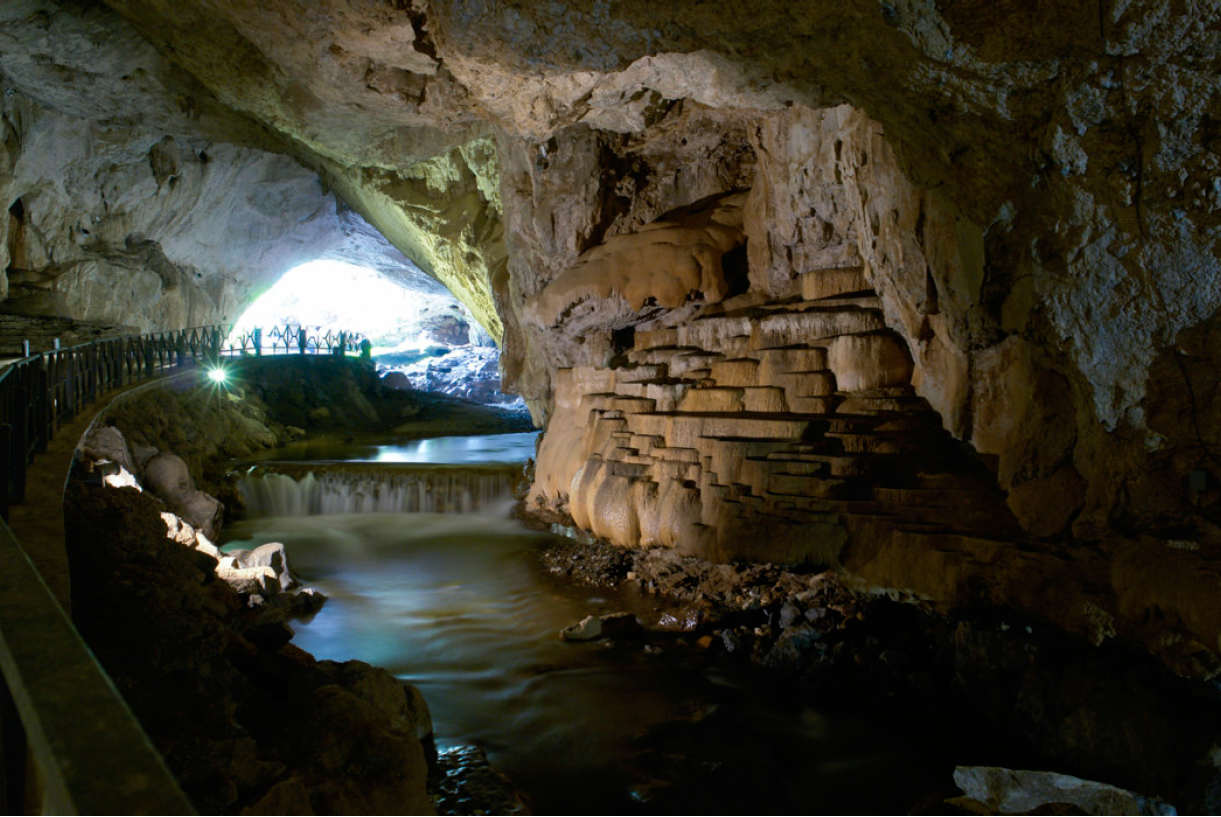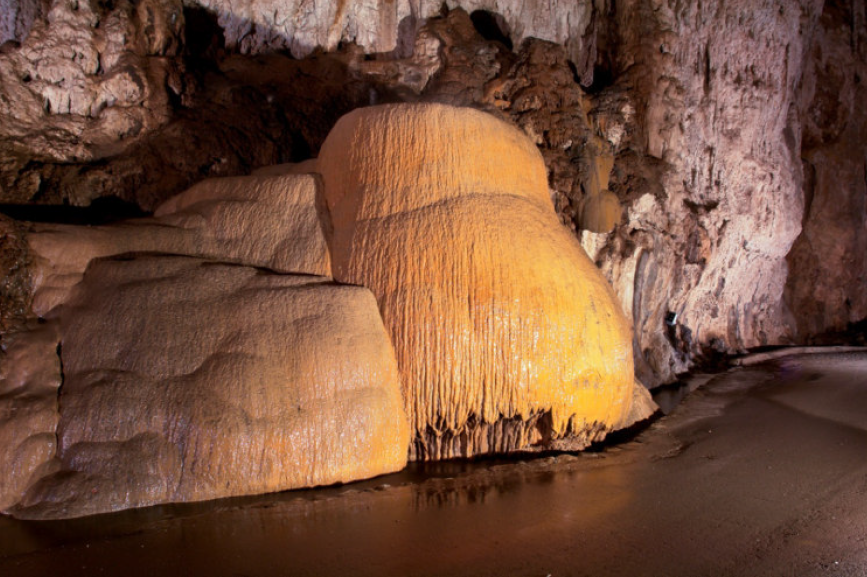San Giovanni Cave
The longest carriage cave in the world
Time
Guided visits:
Saturday and Sunday:
- at 11:00, at 14:00 and at 16:00
Autonomous and interactive visits:
Since monday to friday:
- since 10:30 to 16:30
Week-ends and holydays:
- since 10:00 to 17:00
Bikers and Runners:
Since monday to friday:
- since 10:00 to 10:30
Week-ends and holydays:
- since 09:30 to 10:00
Time
Info-Point
- since 10:00 to 17:00
- since 09:30 to 17:30
Since monday to friday:
Week-ends and holydays:
Contacts
Prices
Autonomous visit:
- €8,00 Full ticket
- €5,00 Reduced ticket*
Interactive visit:
- €10,00 Full ticket
- €6,00 Reduced ticket*
Guided visit:
- €12,00 Full ticket
- €7,50 Reduced ticket*
Daily ticket:
- €2,00 more per person than the visit you choose
Bikers and Runners:
- €2,00**
- €3,00 Daily ticket
*Children from 6 to 12 years old and those over 65 are entitled to the reduced ticket. With our family package, the reduction is extended to 18 years!
**The passage on the bike is guaranteed only during the passage open according to the times specified above
Caves like you've never seen them before
Sa Trona
A large "canopy" adorned with stalactites and sails under which a large and squat stalagmite with a completely flat top has developed. This is called "sa trona", and is reminiscent of the pulpit. The upper canopy was created by the laminar flow of concretion water that comes from a large crack (probably interlayer) of the ceiling.
History
The cave of San Giovanni with its 860 meters of internal road is classified as the longest carriage cave in the world, the only case in Italy and one of the 7 cases in the world.It’s a suggestive cave where you can admire the karst phenomenon.
From a geological point of view, the entire area can be dated to 530 million years ago, formed by carbonate rocks.
Today a destination for many tourists with an attraction of about 100,000 tourists a year, for some years now there has been an international festival of the choir, and especially destination of speleologists and climbers from all over Europe to climb the walls and secondary branches. In addition to the smooth internal road that remained freely open to car traffic until 1999, which is the main branch, there are also secondary branches whose access is reserved for experienced speleologists who include:
• Su stampu de pireddu
• Ramo Bobore
Oning the main branch to the secondary ones the cave reaches a development of 3920 meters.Before the construction of the internal road, it is assumed that it was used as a shelter and dwelling as artifacts and pottery dating back to the Neolithic and Byzantine times have been found.
In the respective entrances there were prehistoric cyclopean walls ( whose remains are still visible today especially at the South entrance), a chapel of Byzantine origin unfortunately demolished in the late nineteenth century to allow the construction of the road. Nevertheless, in the street to the left of the cave, flanking the South entrance, was built a commemorative church dedicated to San Giovanni.
There are numerous historical documents that speak of the cyclopean walls thanks to the many travelers of the '800'. Among the most important are King Charles Albert, the Valery, Francis of Austria d'este, General Alberto la Marmora, Father Angius and many others.
The construction of the road, whose material was partially obtained from the walls and the chapel, was begun in 1866 by Count Pietro Beltrami and completed later by Knight Gaetano Semenza to allow the creation of a way of communication between the village of Domusnovas and the valley of Oridda as it housed many mining activities and wanted to facilitate the downstream transport of minerals.






